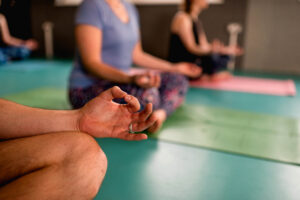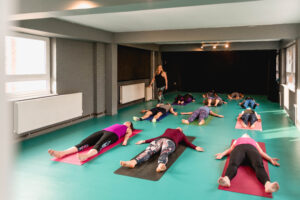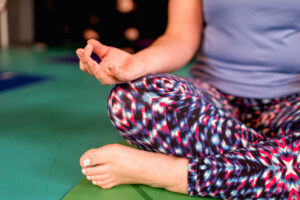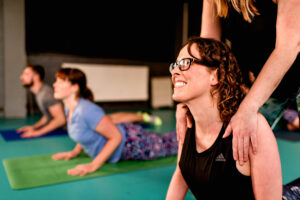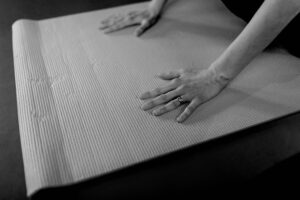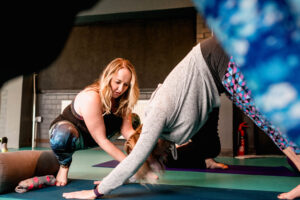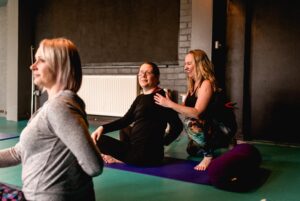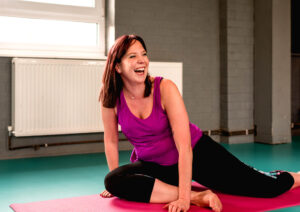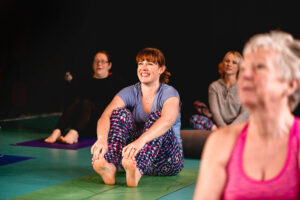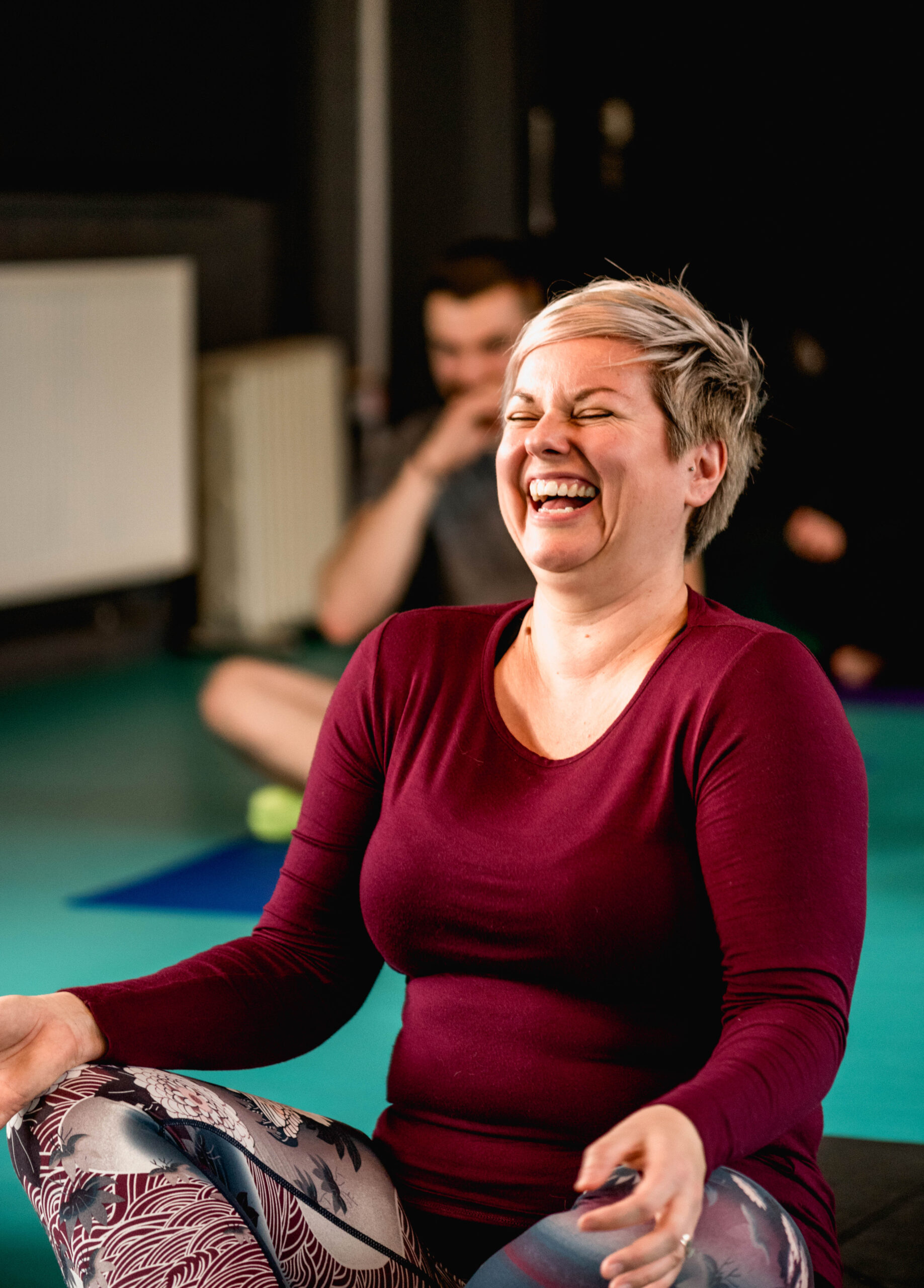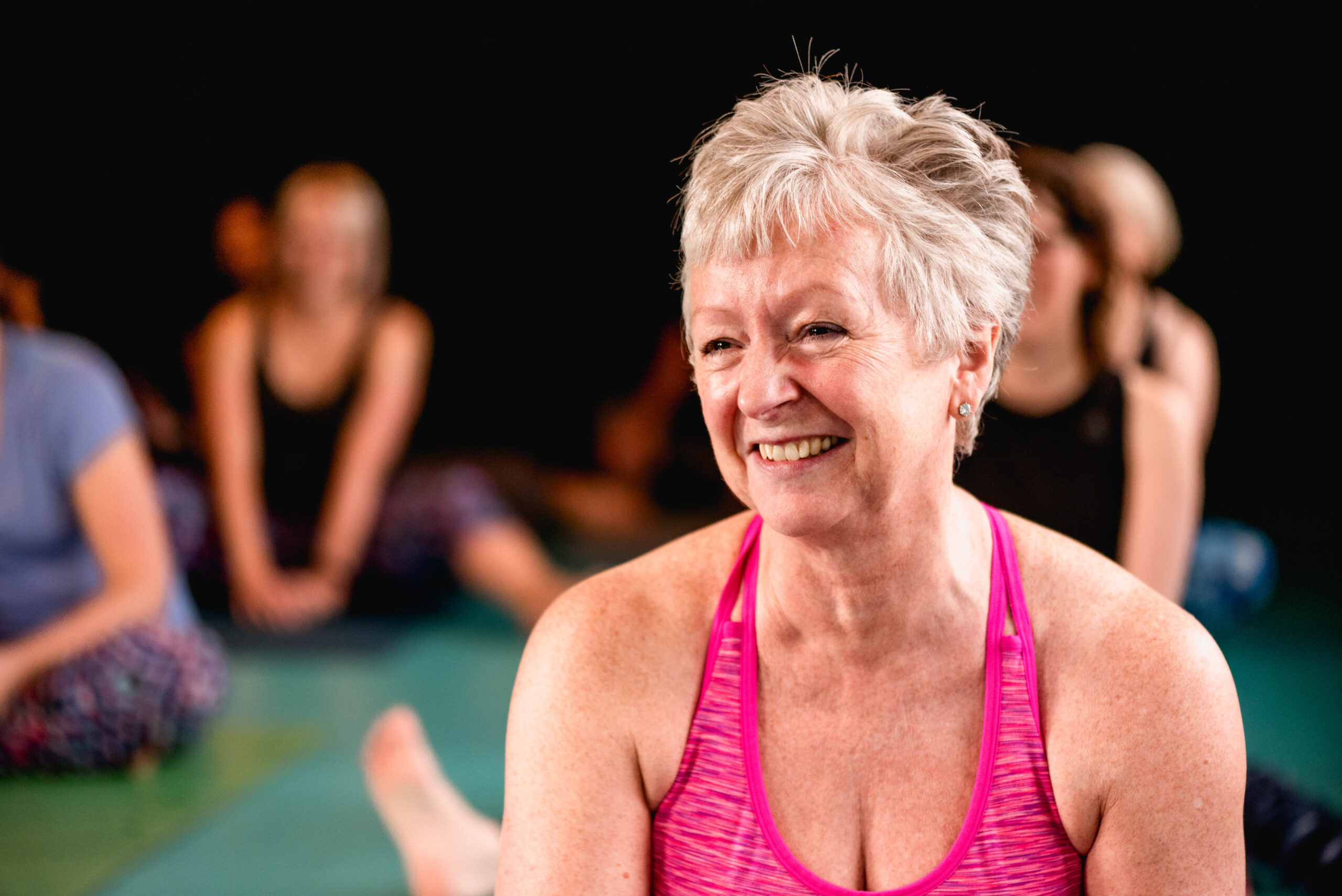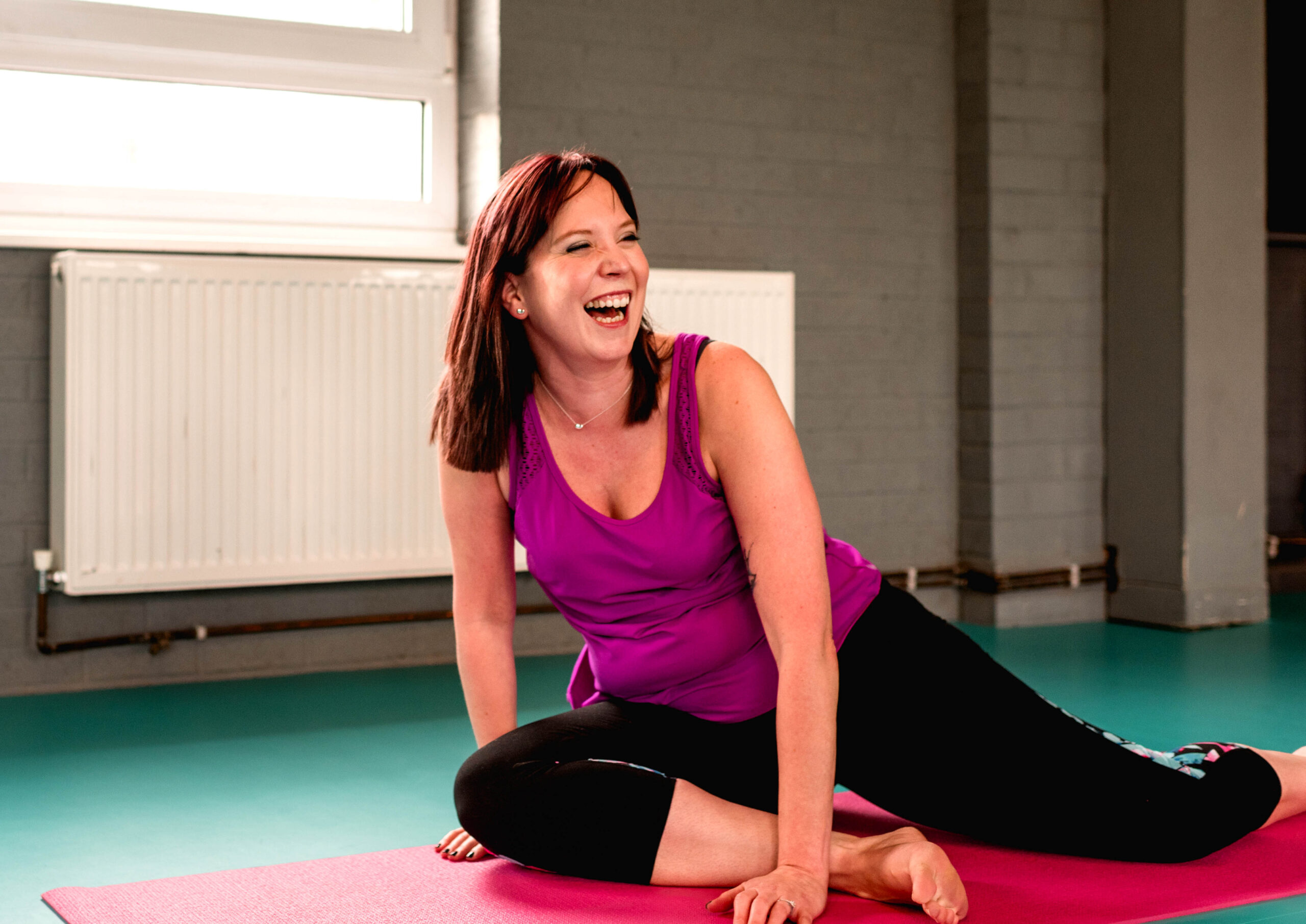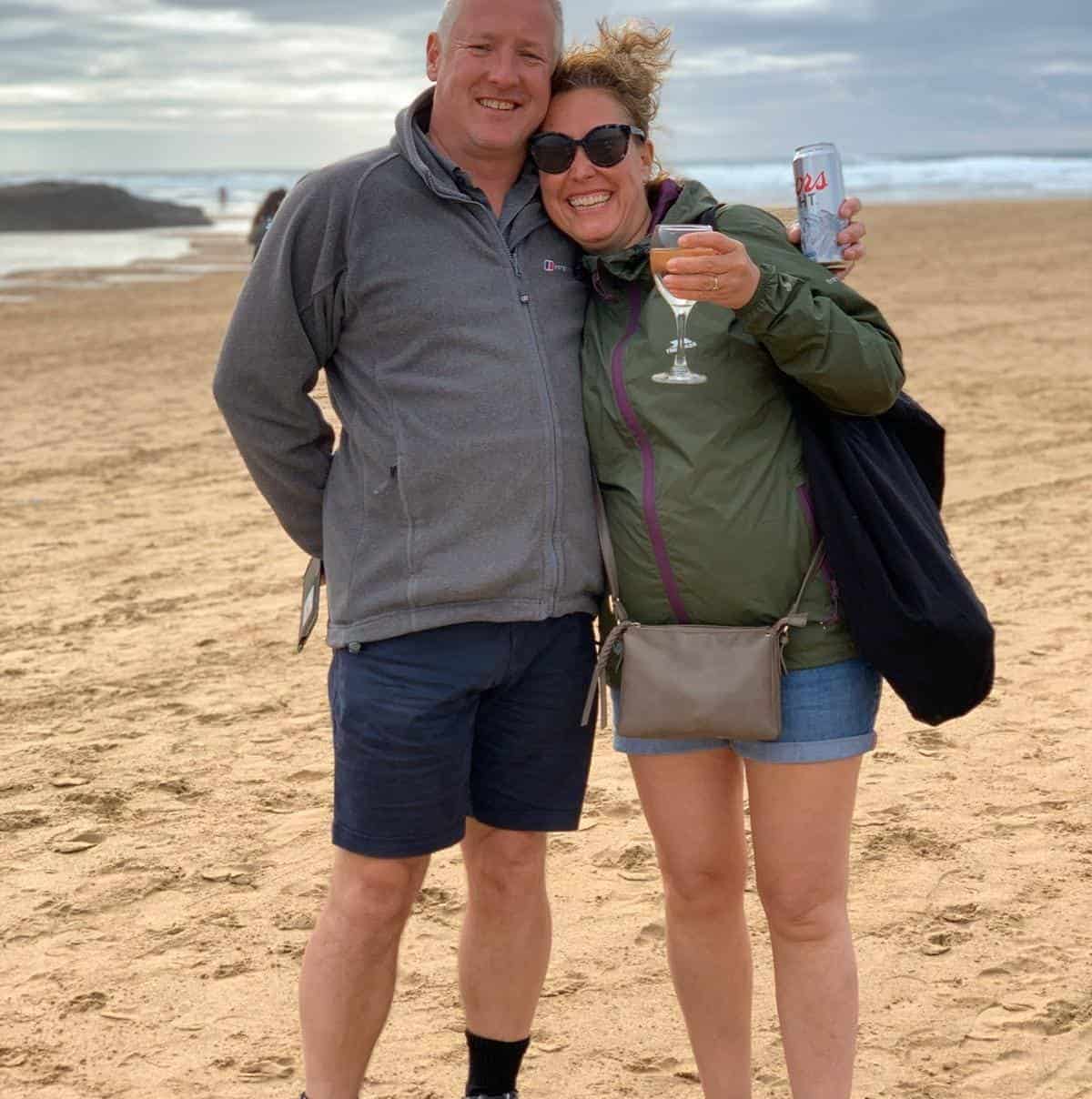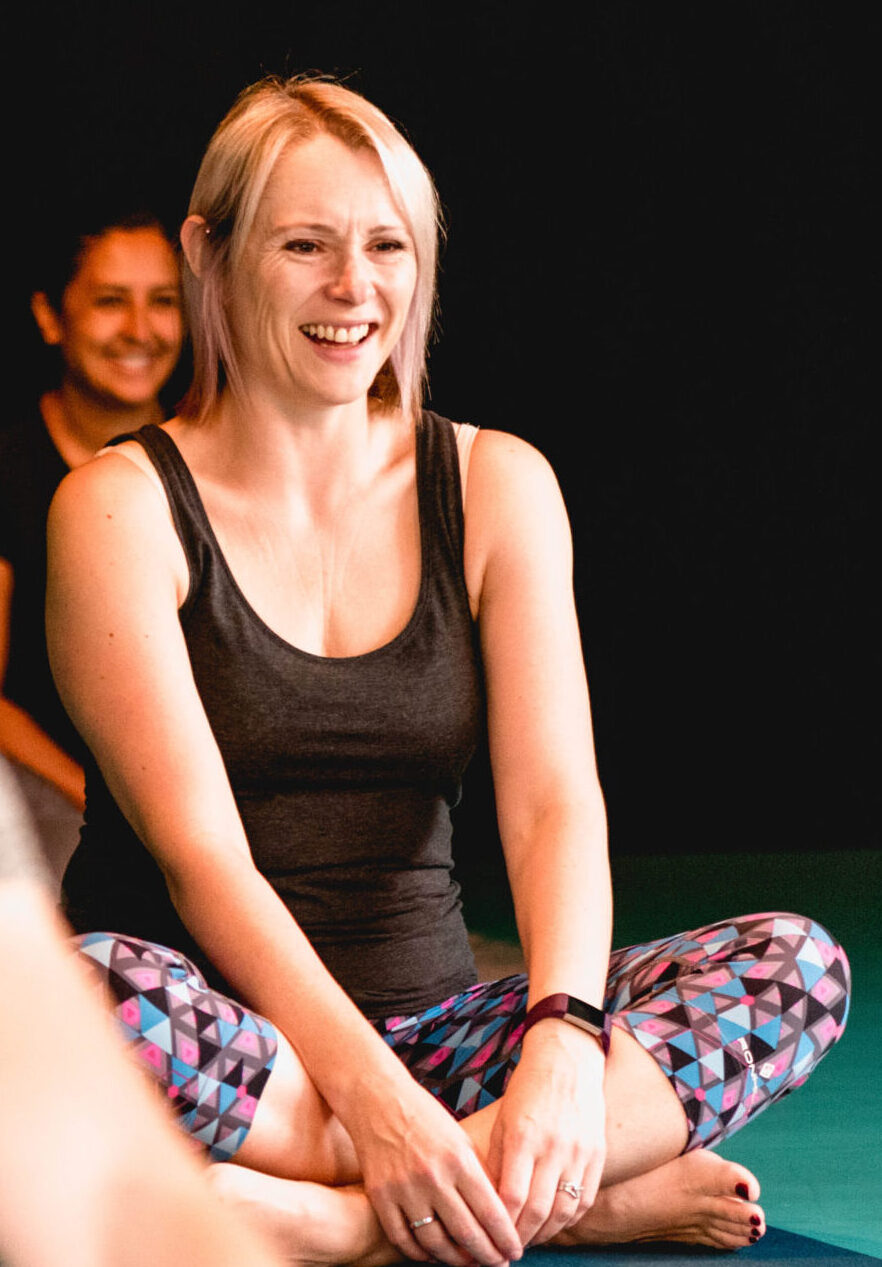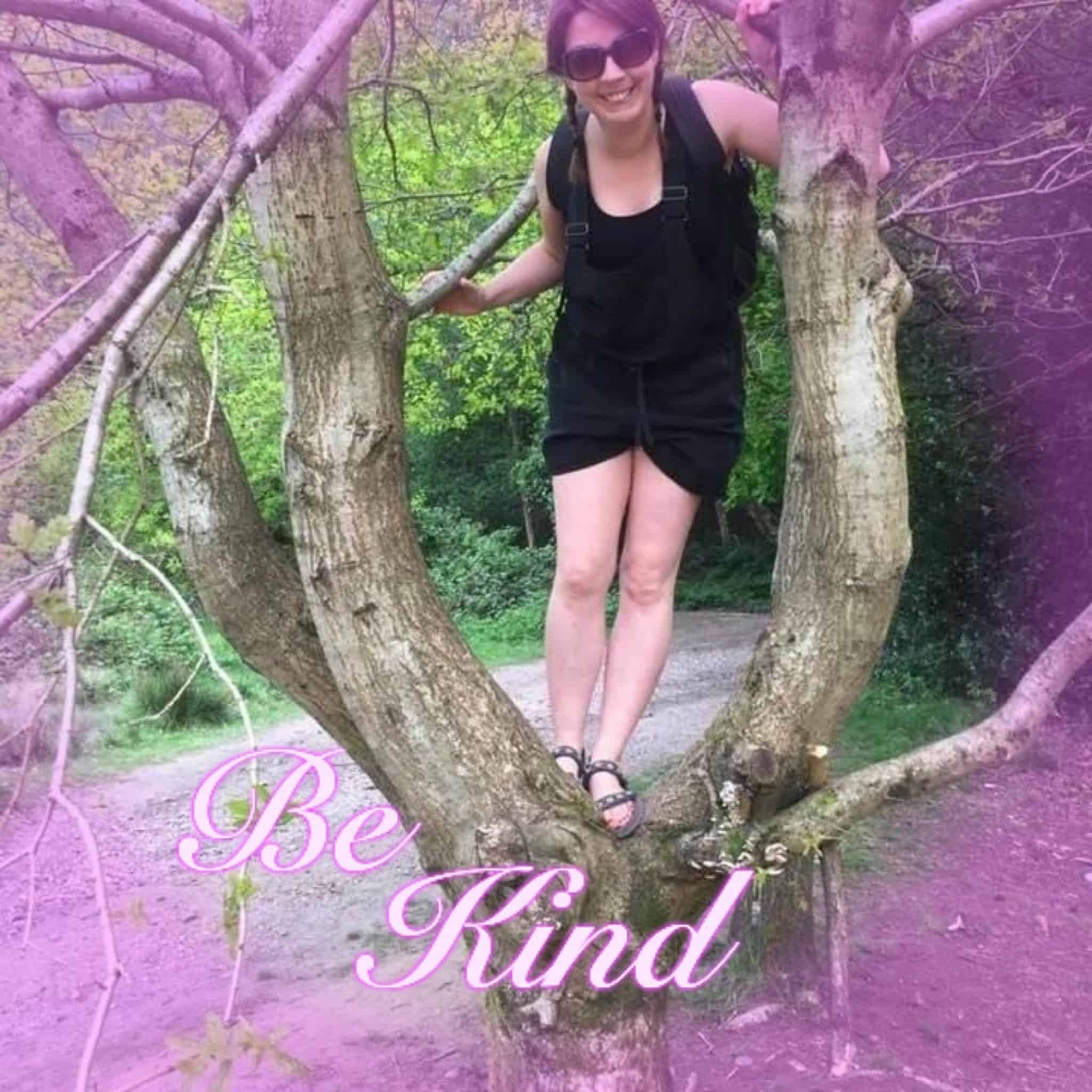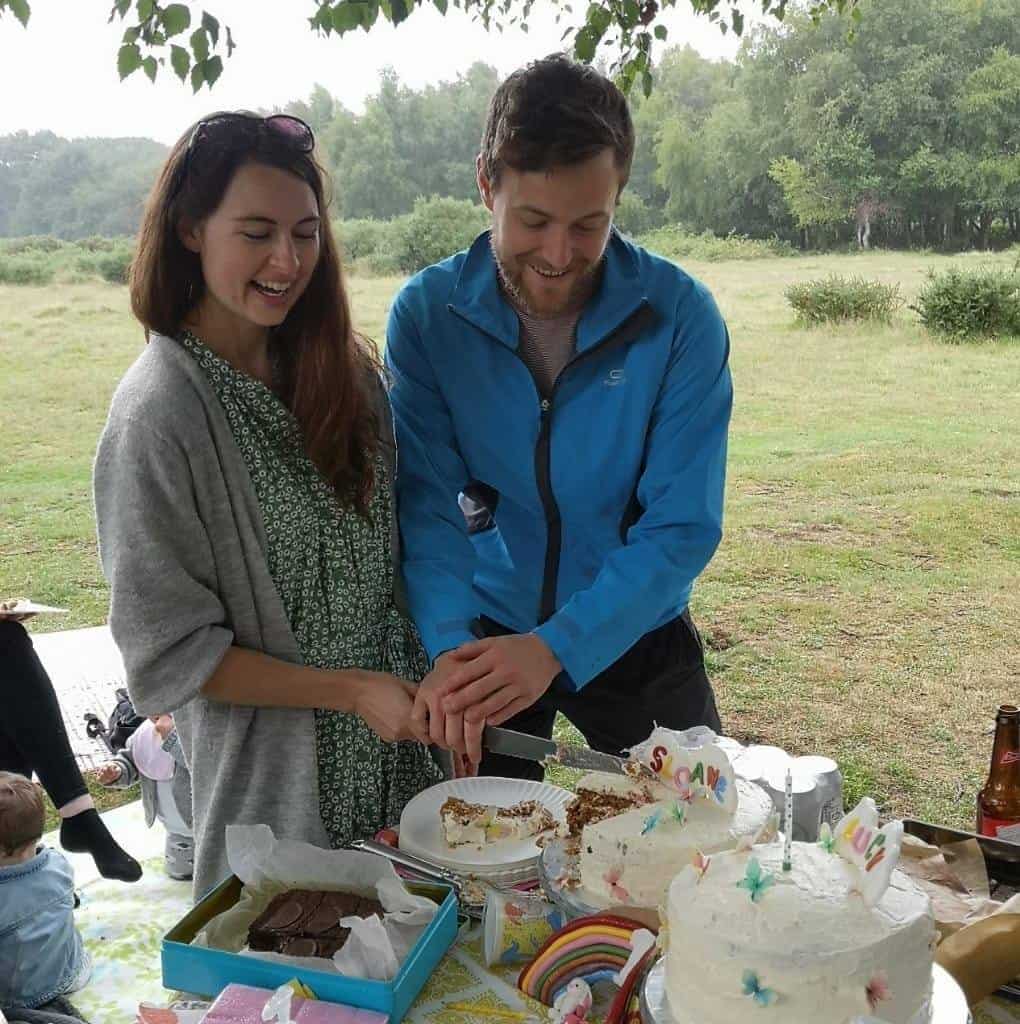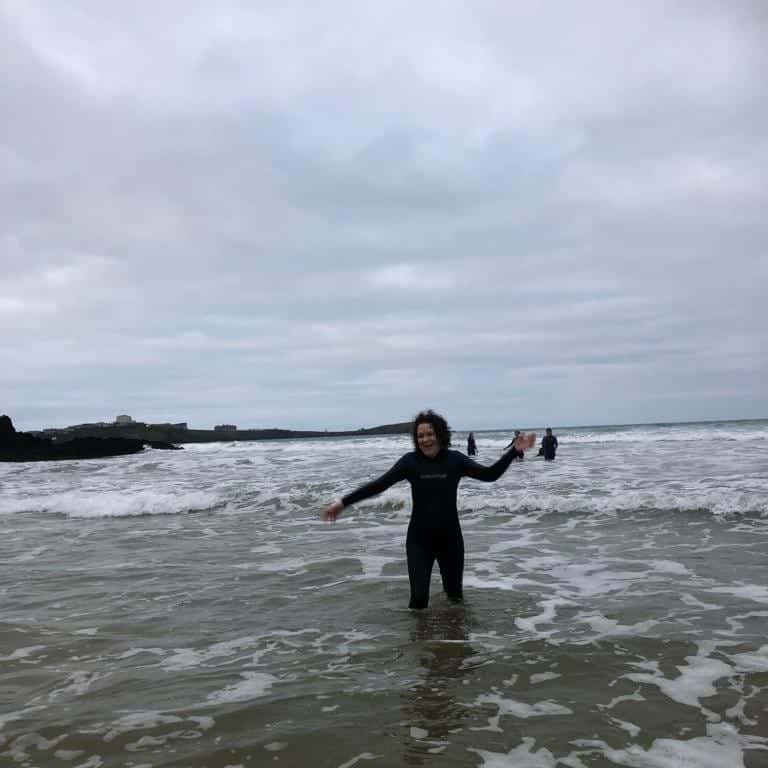I have been meditating on and off for eighteen years. Plenty of on, and an awful lot of off. In that time I have learned a thing or two that has worked for me, and so I wanted to share my Meditation Tips for Beginners.
I began to meditate in my mid twenties after reading a book called The Infinite Self by Stuart Wilde, given to me by a friend. I don’t know what I was looking for, in my late twenties, in an unhappy marriage, mother to an adorable toddler daughter; I only know that I was seeking something.
Perhaps I was looking for a way out of my marriage, a way out of unhappiness, a way to seek inside myself and figure out who I was, what I wanted and needed and what to do next. He wrote about meditation as a magic doorway to find an infinity within yourself, to access the subconscious. Stuart explained that a person must understand their deep impulses and urges, laid in place by social and intellectual programming and how they result in the circumstance of your life.
Stuart’s book set the stage for me to be what a person would consider a spiritual seeker for the rest of my adult life, and I am still on that journey, it’s one that never ends. There’s no arrival point, no moment when you can declare yourself done with nothing else to learn or figure out, it’s a process that deepens as you move further within through the layers.
Why Begin to Meditate
Heavy stuff out of the way, another reason I meditate is that it feels good. It feels nice to sit, quietly and have profound moments to oneself, particularly once it becomes a habit. It’s a great act of self-care to prioritise oneself in this way, to carve out a little time every day that’s not about action or busyness, running around and striving. Neither it is zoning out, lazing around on the sofa with Netflix or taking a nap – although I am a great fan of those activities too. Instead, it’s a middle ground, a place of self-restorative peace that can nurture and sustain you, calm you and bring you self-knowledge and peace.
Be Comfortable
Many traditional images of meditation are of a monk sat crossed-legged on the floor with a beatific smile but most of us can’t manage more than a couple of minutes in that position without the aches and pains beginning. You need to find a comfortable position that you can sustain for the ten to fifteen minutes that you will be meditating.
If you do wish to sit crossed legs on the floor consider sitting on a large cushion or two to raise your hips, as this will help you sit with your back straight.
No, you’re not allowed to lie down. Sorry. As I have already said, it’s not a nap. If you lie down the chances are that you will fall asleep, and the goal of meditation, while deeply restful, is a conscious, awake rest.
If the floor isn’t for you, consider a chair, preferably one with a straight back. Use cushions to support your lower back and be comfortable. I’m not the tallest at 5ft 1” so if I sit all the way back in a chair my feet aren’t always flat on the floor. If you are the same, then use cushions under your feet too.
I use a combination of both approaches. I have a wide seated padded chair, upon which I sit crossed-legged; I’m a yoga teacher, I find this comfortable. But I do also use a cushion behind my lower back. The idea is to find the position that suits you, that is sustainable for the duration of your meditation, one that doesn’t mean that you spend the whole time feeling a niggle in your hip, a strain in your knee or an ache in your lower back.
Set the Scene
Stuart Wilde wrote about finding a sacred ritual. I think of it as setting the scene. If you can create a simple ritual as a prelude to meditating, one that you repeat each time that you do it, it becomes part of the pattern itself, cueing you up to the activity, in much the same way as you prepare for sleep at night. I light my favourite incense, often a candle, and I have a pashmina that I bought in Bali that I only put on when I meditate. It keeps me warm and comfortable, and stylish at the same time. Choose things that are simple and easy and can be carried out in a moment, experiment and see what feels good.
Time of Day
I meditate in the morning before the day has rushed in to speed me up and set my thinking going at a million miles an hour. Turn off your phone, close the door, tell everyone in your household that you’re not to be disturbed, and get on with it.
Play music
The times that I have meditated with kids slamming doors in the background! If you live in a busy house, try playing music, headphones are a godsend, especially if you have those fancy noise-cancelling ones. You’re spoilt for choice on Spotify, a simple search for meditation music will give you a plethora of choices. Find something that you like. I love the sounds of nature, the sea or the rain, but give me anything with whale noises in and it’ll drive me mad. Pick whatever works for you.
Find a Type of Meditation that Works for You
Creating the right mood out of the way – what kind of meditation should you or could you do? People that haven’t meditated tend to think that people that do just sit down, clear their mind and sit without the interruption of their thoughts for several minutes without issues. No. Nobody does that. If you sit down to an empty head, I suggest you call an ambulance because chances are, you’re already dead.
It’s the nature of your mind to think. That’s the only job it has; it’s supposed to sort and categorise, review the past and make plans for the future, revisit mistakes, project into the future and remind you of all the things on your to-do list. Without it, you would not be a human being.
Meditation is a matter of working with your mind, and not against it. You can try, as I certainly have done, sitting and quietly focusing on your breath. Breathe slowly and deeply. Meditation instructions will tell you to see if you can watch your thoughts arise and let them go, as disengaged as you would be from clouds passing above you in the sky. My favourite way to describe meditation is that you’re sitting peacefully at the side of the road. Cars come along, representing your thoughts. At first, the odd car may pass, and you notice it, but you can just let it drive by and not interrupt your peace.
Unfortunately then, a certain car will come past, and before you know it, you’ve got up, got in the car and it’s driven you three miles down the road before you even remember that you were supposed to be sat peacefully meditating back there at the side of the road. Your job then is to get out of the car, sit beside the road once more, and resume your meditation practice.
Be Gentle With Yourself
When I observe my mind during meditation, the most accurate description that I have for it is that it’s a hungry, feral, attention-seeking toddler. At first, it will charm me by being cute. “Look, you are meditating! You’re doing so well. I’m proud of you.” I ignore that, and it switches gears. Now it’s stripped off its clothes and is doing a monkey-dance on the other side of the room, “Look at me! Look at me!” When that doesn’t work, a tantrum may ensue, a plant has been knocked over and there’s dirt all over the floor.
In much the same way that it’s rarely worth losing your temper with a toddler who hasn’t yet learned impulse control or that they are not, in fact, the centre of the universe, it’s important not to get too frustrated with yourself or your mind when you find yourself doing a whole lot more thinking than meditating.
They all it meditation practice for a reason. You are practising meditating. The practice of thought arising and learning more each time how to either let the thought go and turn your attention back to the present moment, is in fact, what meditation is.
Learn to Let Go Of Your Thoughts
A practice I find helpful is to label the thought. One Buddhist practice is to simply say to yourself in your mind when a thought comes up, or, when you realise that you’ve been thinking about what to get from Sainsbury’s for a few minutes and have forgotten all about your breath, the word ‘thinking’. That’s it. Notice the thought, gently say ‘thinking’ to yourself, and return to the breath.
Given time and practice, space in-between the thoughts does begin to lengthen. At first, you may only manage a breath or two before another thought comes up, but over time and with persistence, that gap widens, and in that space, a burgeoning sense of peace will arise.
Buddhists call it monkey mind and I suppose my description of a toddler isn’t too different, and it’s something I have. I find that meditation works best for me if I give my mind a little job to do, to keep it busy so that I can benefit from the quiet and the space in my mind.
Mantra Meditation
A mantra is simply a word or phrase that you repeat silently to yourself as you are meditating, it’s as complicated and as simple as that. You can choose your own mantra or search for one that’s meaningful to you. It can be a word as simple as ‘peace’, ‘joy’ or ‘relax’. It does need to be positive and could be a phrase rather than just a word.
A mantra doesn’t need to be in your language of origin. Many Buddhist mantras are Japanese, or Hindu mantras in Sanskrit. Buddhists do a lot of chanting. Not something I’ve been able to get into myself. I sound like a cat being strangled, so having to chant out loud on my own is just not for me; I’m always terrified that the neighbours will hear.
I like the Sanskrit mantras. I’m a yoga teacher, so had to learn all the Sanskrit names for the yoga poses on my teacher training. Not that I’ve ever used them mind, but Sanskrit does at least feel familiar to me. Plus, they’re short and not too complicated, and I can say them to myself in my head. You don’t have to know what they mean, unless you want to, they just feel peaceful.
I focus on saying them while I focus on my breath. Often it’s enough activity that my mind has less chance to drag me off for a wander through the dark recesses of my mind.
Favourite Resources
My personal favourite is Deepak Chopra’s 21 Day Meditation Experience. I have tried several when they are offered as a Free experience and then bought two or three programs that I love and I return to them again and again. You get everything in one. Oprah or Deepak do a gentle introduction, which gives me time to get my seat and settle and breathe, and there’s a different mantra for every day. The music is played in the background too, and the meditation brought to a close. It’s easy, is what I’m saying. I don’t have to make any decisions on what to do, I just sit down, show up and press a button.
There’s a lot of free resources out there, so experiment and find one that you like. Spotify, YouTube. Apps for your phone.
Make sure it’s one that you enjoy. If the narrator’s voice annoys you, find another one. I tried to listen to a sleep meditation read by Matthew McConaughey recently, and while his voice is delicious, it wasn’t making me think about sleep if you know what I mean.
If the music is irritating, it’s not for you. Some may feel too spiritual, others not spiritual enough or boring. It doesn’t matter what you like, only that you like it. Meditation occurs in a theta wave state, and music can help to induce that state where the music uses binaural beats to settle your brain into the correct frequency. I find this kind of thing helpful.
Final Thoughts
Be open minded and prepared to try a few different ways of meditation that appeal to you. If you find one that you enjoy, go with it! If you have any questions about starting your own meditation practice, or your own tips to share, please leave a comment below.

